Games like Super Mario Sunshine
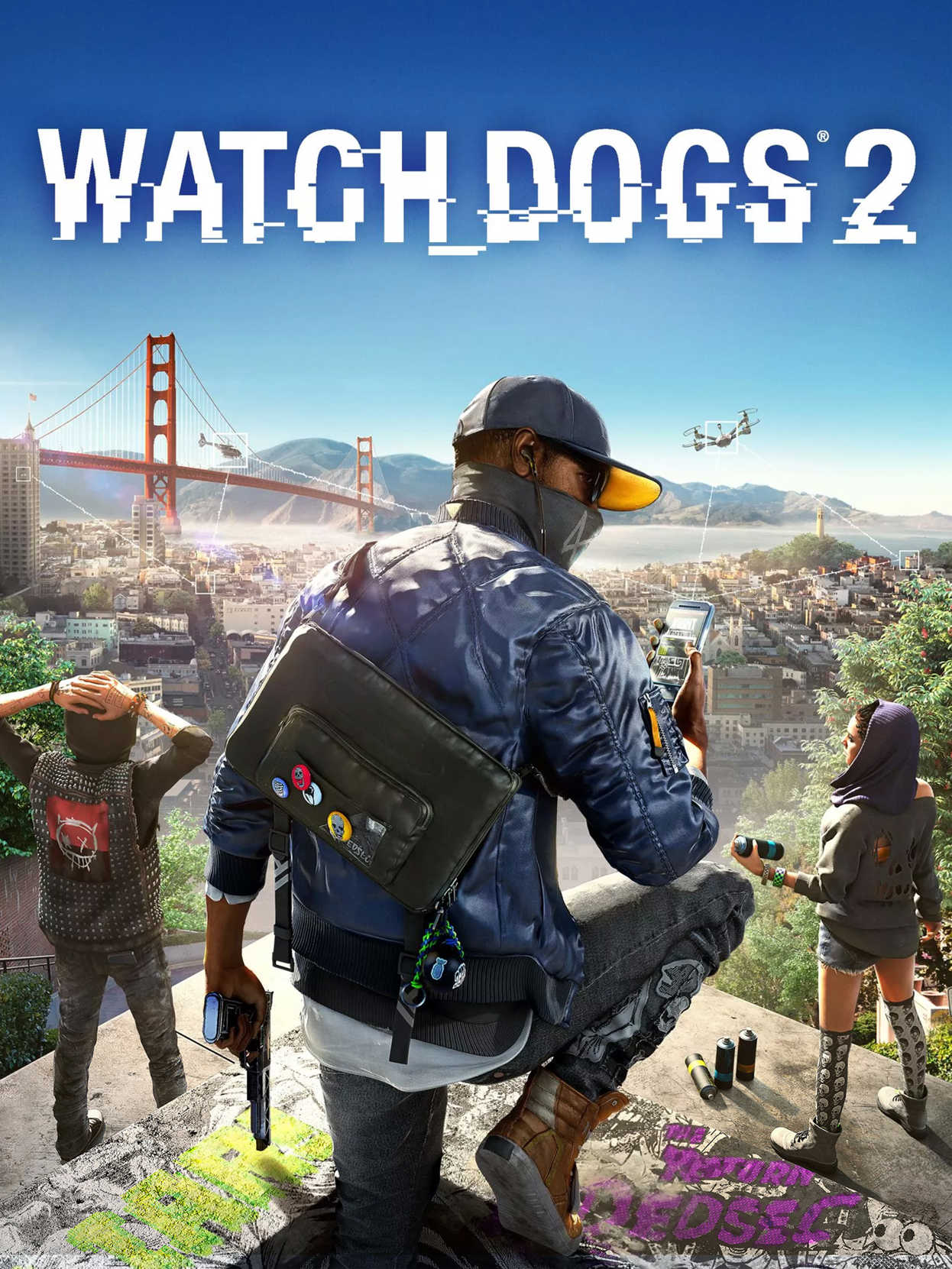
Watch Dogs 2
Explore a massive and dynamic open world offering an incredible variety of gameplay possibilities. Hack your way through traffic while you engage in dangerous car chases through the winding streets of San Francisco, traverse the rooftops of the colorful and vibrant neighborhoods of Oakland, and infiltrate the cutting-edge offices of Silicon Valley companies. There are many secrets to uncover in the birthplace of the tech revolution.
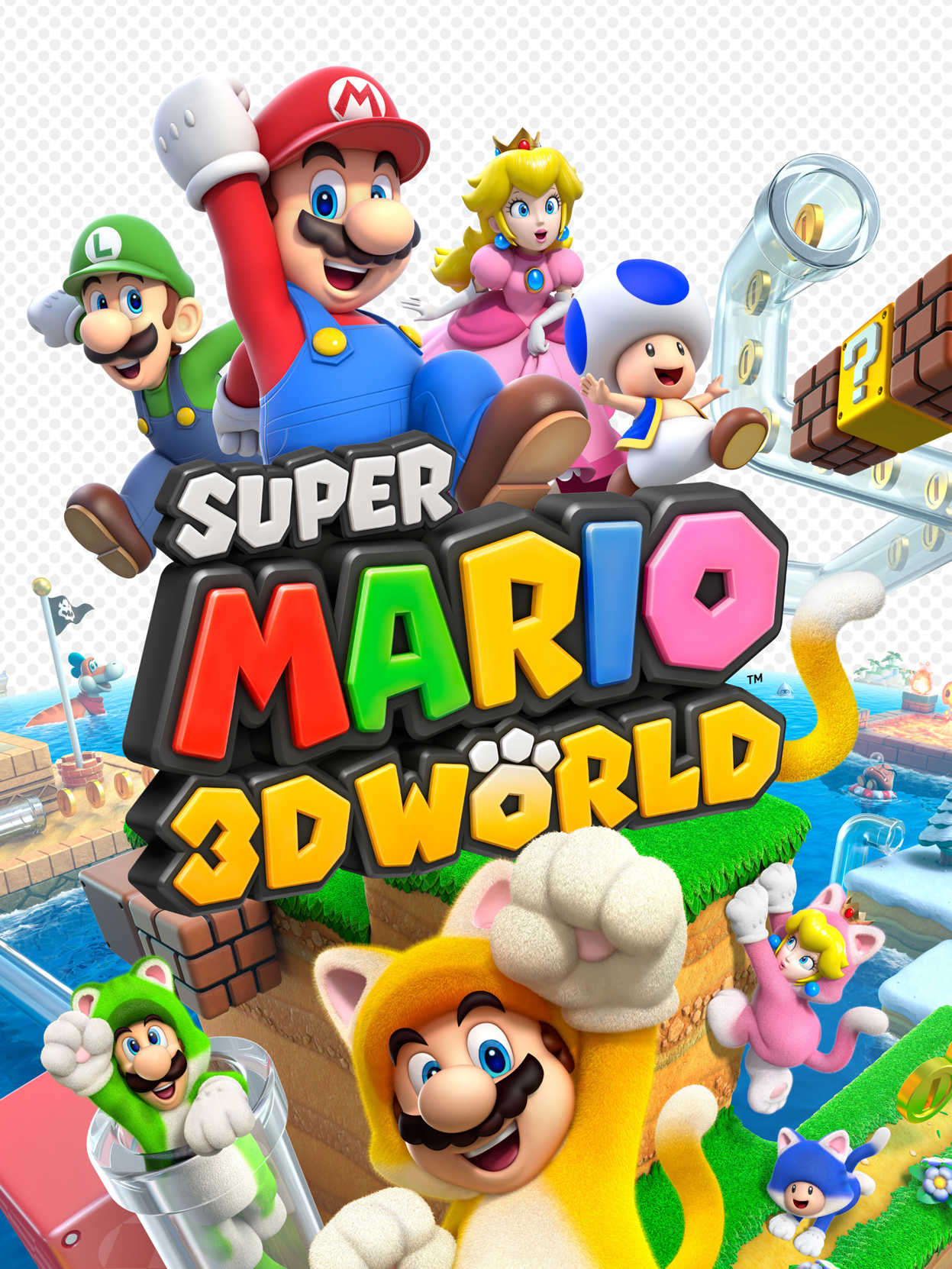
Super Mario 3D World
Super Mario 3D World is a 3D platformer action game for the Wii U, and a follow-up of the Nintendo 3DS installment Super Mario 3D Land. The game builds upon the previous installment, following a similar 3D level-design convention inspired from the 2D platformer titles where players must navigate through a linear-designed level within a time limit to reach a level's Goal Pole. One key aspect introduced in this title is the simultaneous multiplayer: while not the first game in the series to do so, it is the first 3D title in the Mario series to incorporate up to four players cooperating with each other to reach the goal. Players can select their character from a pool of playable characters prior to starting the game, and each of these characters have their own unique playstyle that gives them advantages and disadvantages over other characters. The game makes use of several Wii U exclusive features, such as tapping blocks with the touch screen on the GamePad and blowing into the mic to reveal hidden items and blow away enemies. Various new power-ups are introduced in this title, with the trademark suit being the Cat power-up, which enables characters to perform a melee attack, climb up walls, and leap while midair, as well as the game generally having a cat-based theme.
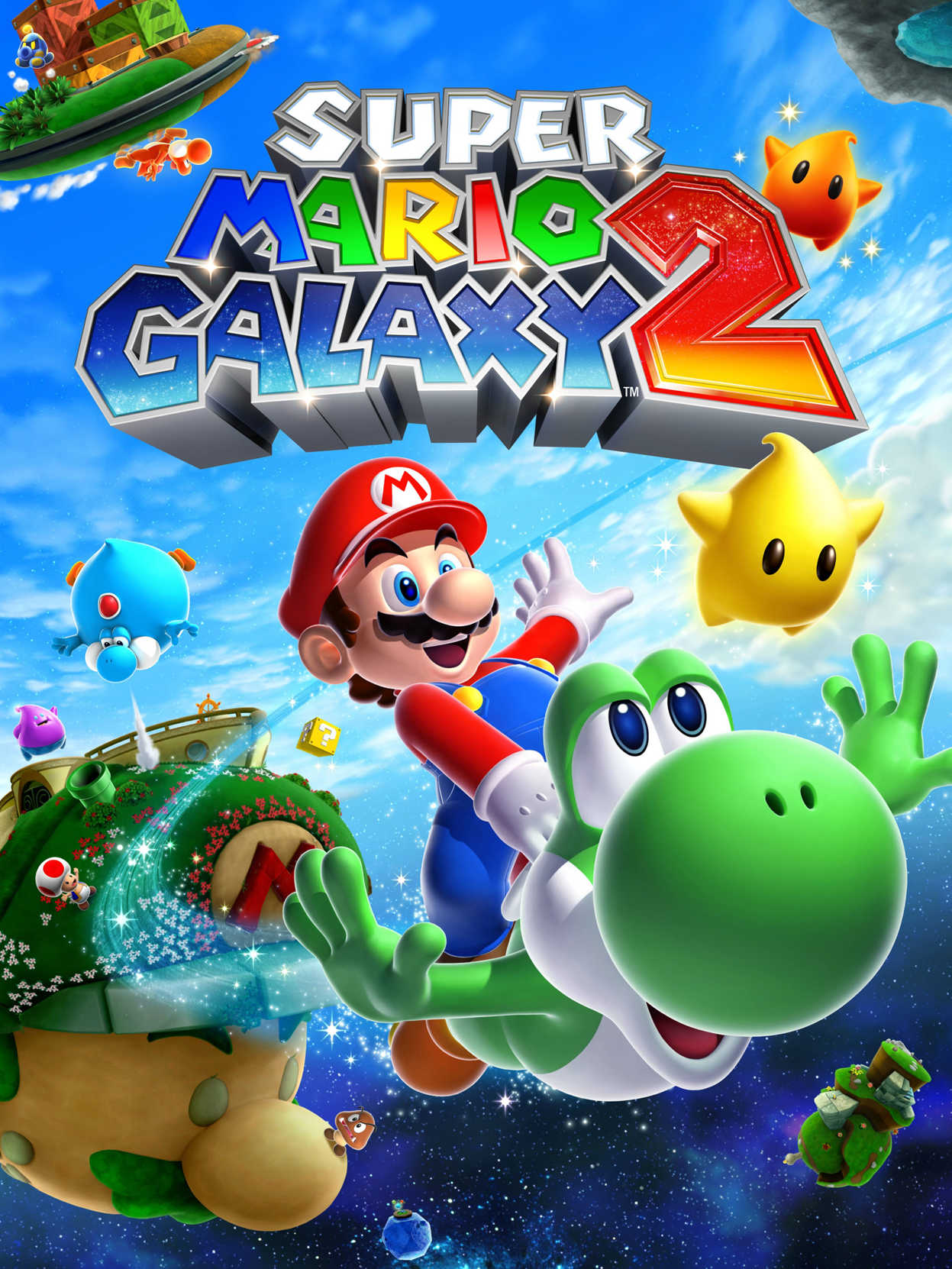
Super Mario Galaxy 2
Super Mario Galaxy 2 is the sequel to Super Mario Galaxy and the fourth 3D platformer entry in the Mario franchise. The sequel retains many elements from its predecessor, such as the adventure being in outer space, the element of gravity, and recurring objects such as Launch Stars and Sling Stars. Returning items include the Bee Mushroom and the Fire Flower. However, the game introduces new elements as well, such as the utilization of Yoshi, new power-ups like the Cloud Flower, and the use of a guide within the game for beginner players.
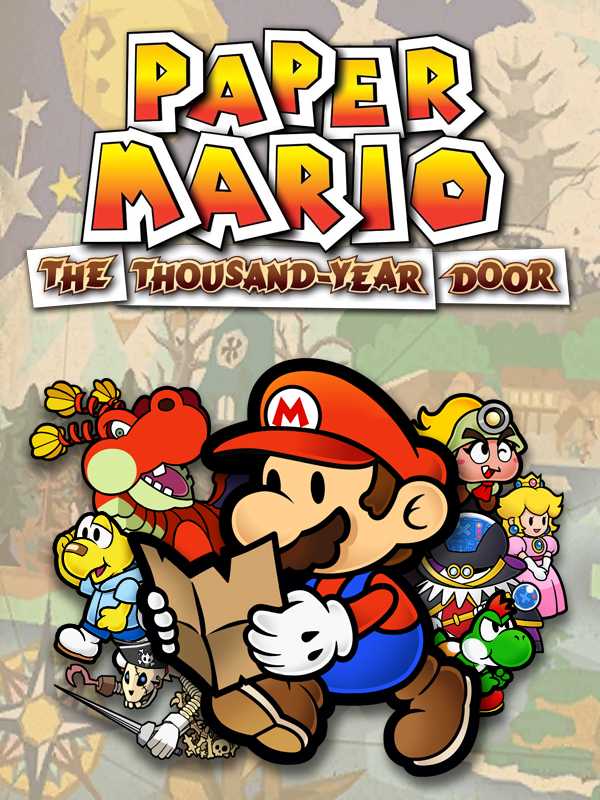
Paper Mario: The Thousand-Year Door
What sleeps behind the door? Time passes, the pages turn… and a new chapter unfolds in an unfamiliar land! Get ready for a two-dimensional role-playing adventure for the ages as Mario returns to paper form to discover a mystery that sleeps behind an ancient, legendary portal called the Thousand-Year Door. The quest is long, the dangers many, and this time, Mario will have to make full use of his papery qualities just to survive.
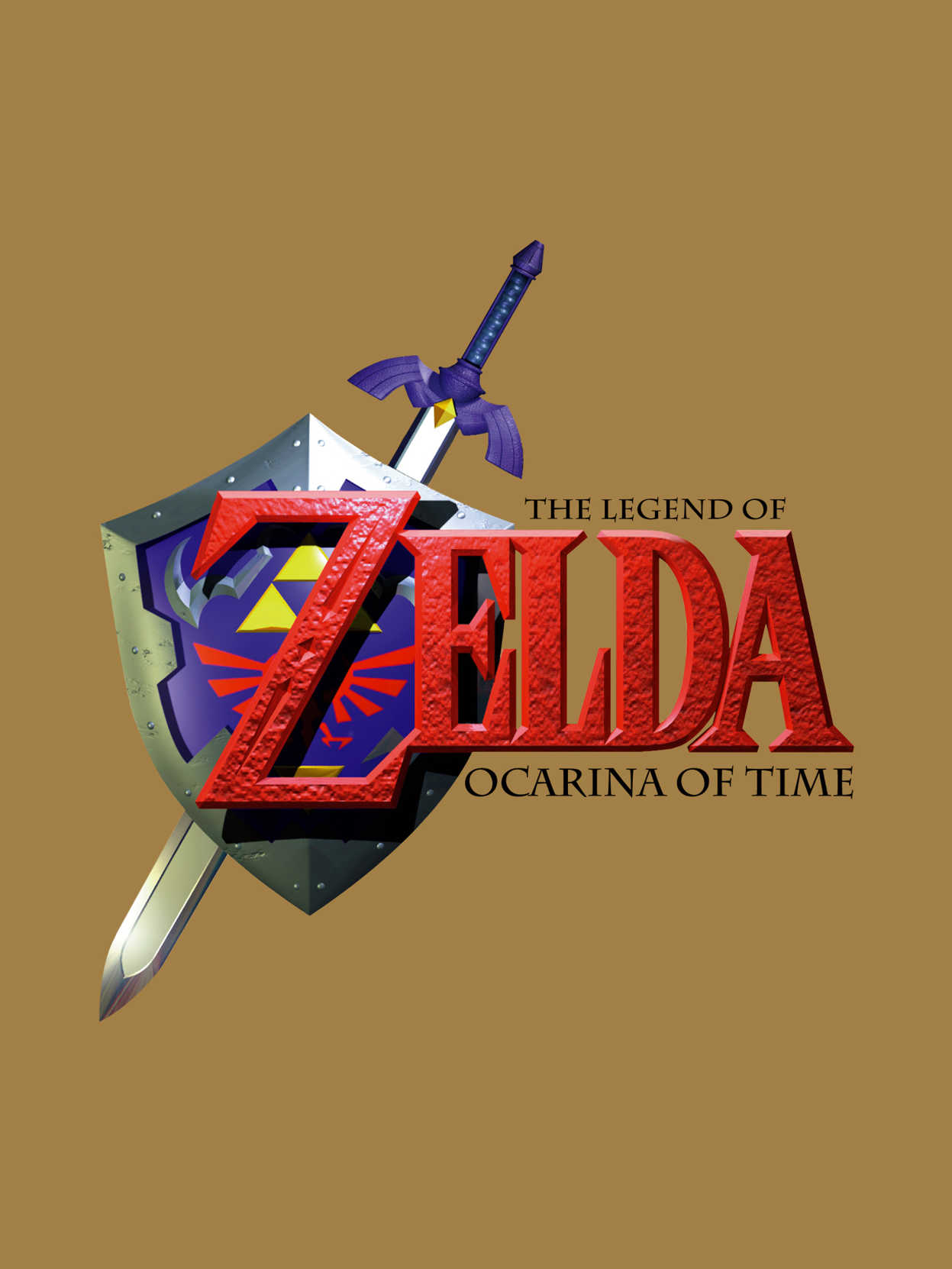
The Legend of Zelda: Ocarina of Time
The Legend of Zelda: Ocarina of Time is the fifth main installment of The Legend of Zelda series and the first to be released for the Nintendo 64. It was one of the most highly anticipated games of its age, and is listed among the greatest video games ever created by numerous websites and magazines. The gameplay of Ocarina of Time was revolutionary for its time, it has arguably made more of an impact on later games in the series than any of its predecessors even though they had the same cores of exploration, dungeons, puzzles and item usage. Among the gameplay mechanics, one of the most noteworthy is the time-traveling system. The game begins with the player controlling the child Link, but later on an adult Link becomes a playable character as well and each of them has certain unique abilities. Ocarina of Time also introduces the use of music to solve puzzles: as new songs are learned, they can be used to solve puzzles, gain access to new areas and warp to different locations. Dungeon exploration is somewhat more puzzle-oriented than in earlier games but they are not too complex.
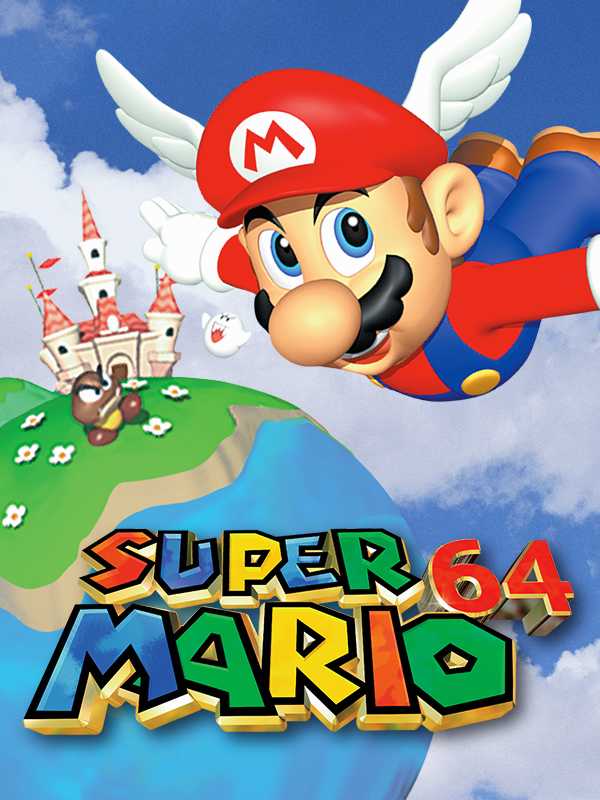
Super Mario 64
The first three-dimensional entry in the Mario franchise, Super Mario 64 follows Mario as he puts his broadened 3D movement arsenal to use in order to rescue Princess Peach from the clutches of his archrival Bowser. Mario has to jump into worlds within paintings ornamenting the walls of Peach's castle, uncover secrets and hidden challenges, and collect golden Power Stars as reward for platforming trials.
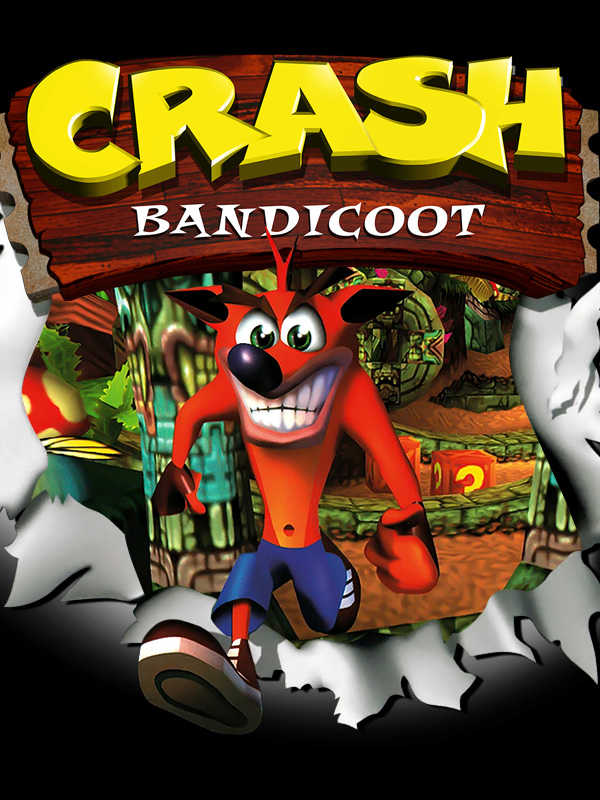
Crash Bandicoot
Crash Bandicoot is the first installment in the Crash Bandicoot series that established Naughty Dog's reputation in the video game industry. Its premises chronicle the creation of the titular Crash, a bandicoot who has been uplifted by the mad scientist Doctor Neo Cortex. The goal of Crash Bandicoot is to traverses several levels in sequence in order to progress. The game is played from a third-person perspective in which the camera trails behind Crash, though some levels showcase forward-scrolling and side-scrolling perspectives. Crash is able to defeat enemies by either jumping on them or using a spinning attack that launches them.
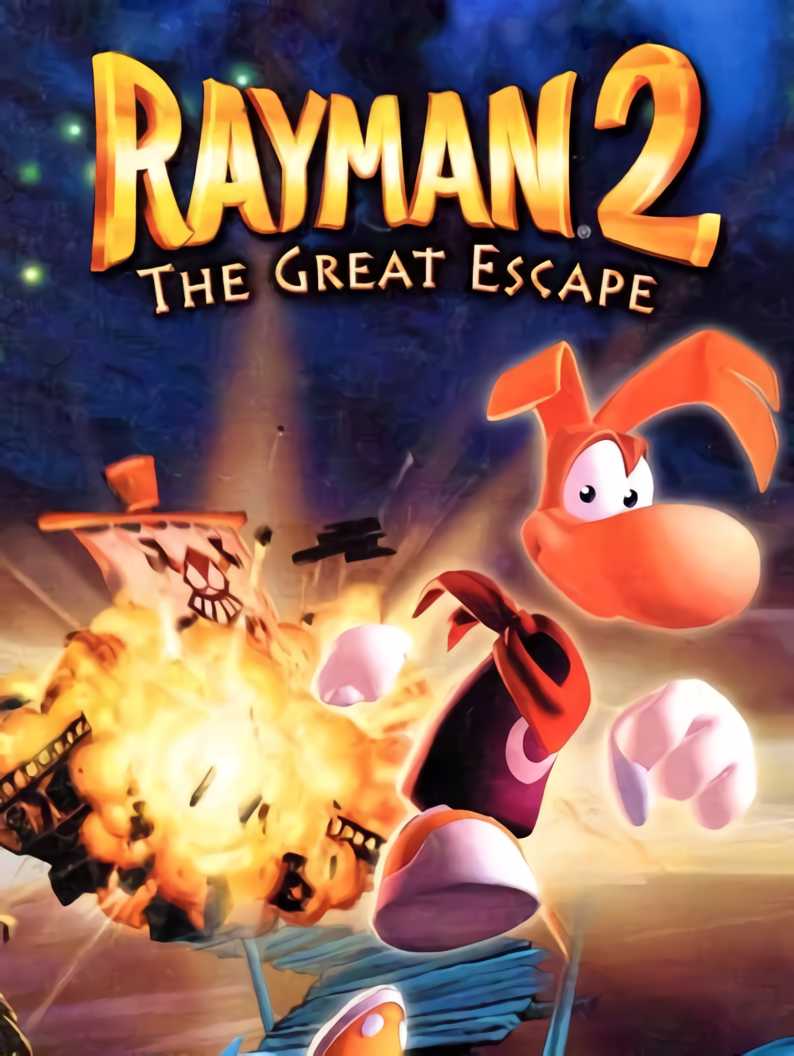
Rayman 2: The Great Escape
With its enchanted storybook look beautifully translated into 3D, lush, vibrant colors, funny enemy designs, and clever jumping puzzles, Rayman 2 is platforming perfection. No arms, no legs, no problem for the little French creation that could.
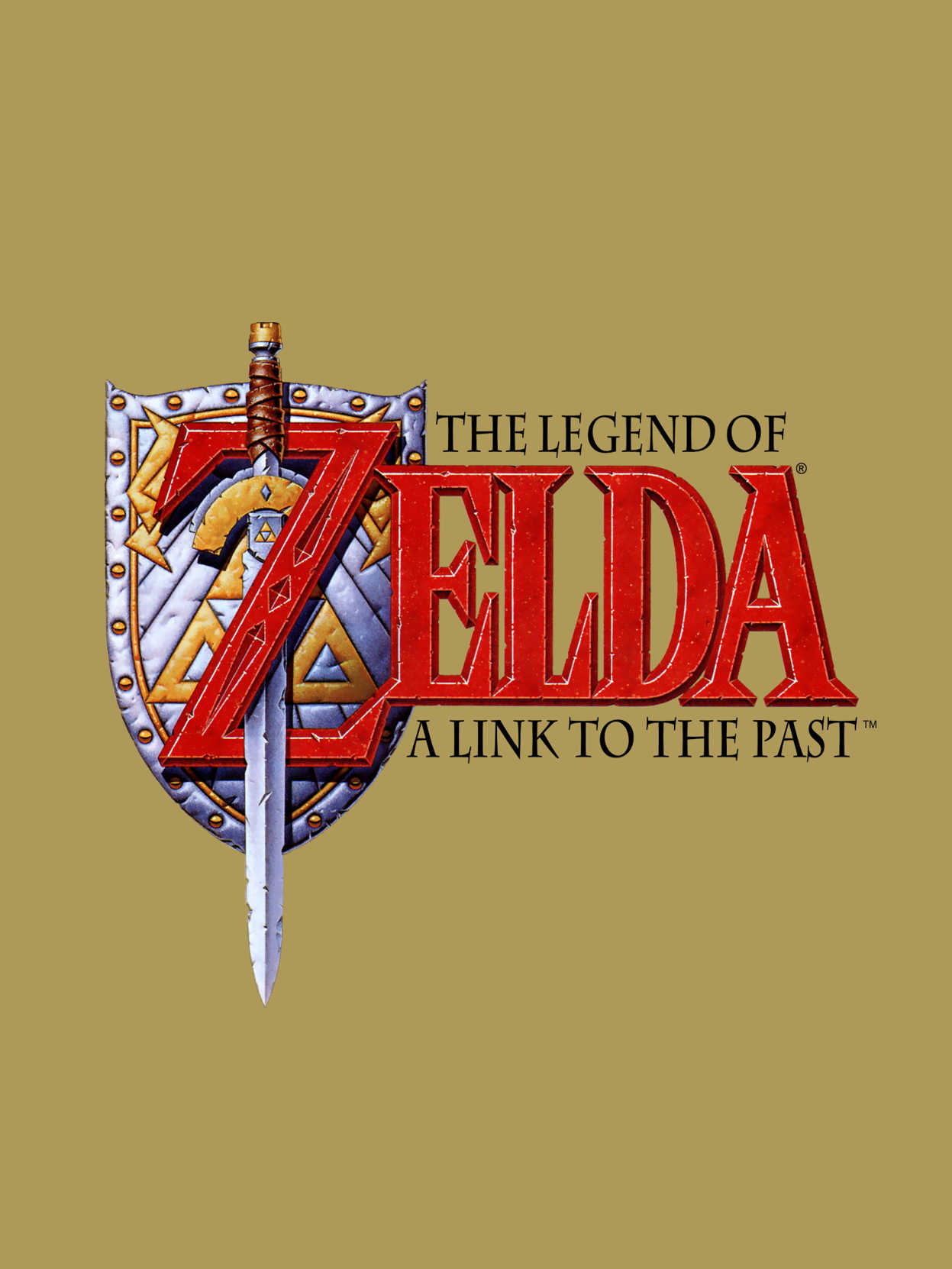
The Legend of Zelda: A Link to the Past
The Legend of Zelda: A Link to the Past is a top-down action game with puzzle-solving elements similar to the original The Legend of Zelda. After the side-scrolling and RPG-like gameplay of Zelda II: The Adventure of Link, the game is a return to the top-down view and gameplay style of the first installment. It introduces major new items to the series such as the Master Sword and the concept of two different worlds, which was revisited to some extent in Ocarina of Time with two distinct time periods rather than dark and light worlds.
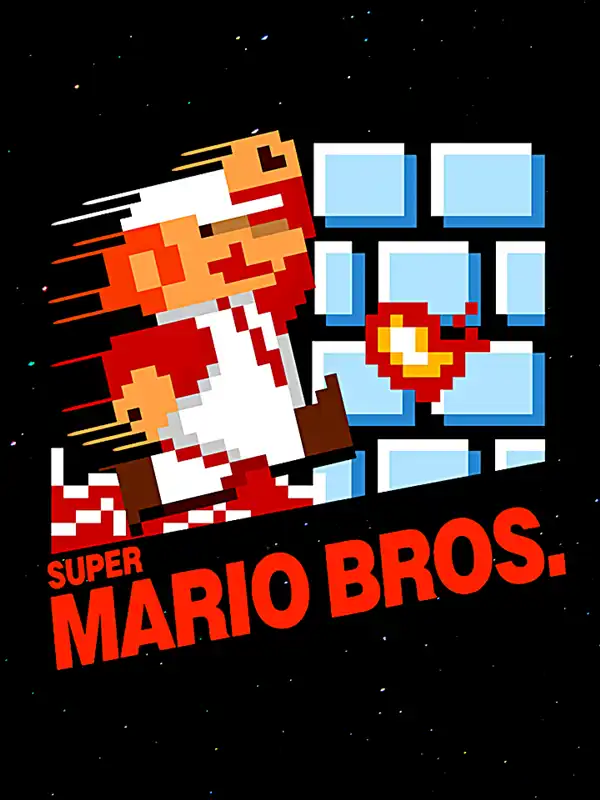
Super Mario Bros.
A side scrolling 2D platformer and first entry in the Super Mario franchise, Super Mario Bros. follows Italian plumber Mario as he treks across many levels of platforming challenges featuring hostile enemies to rescue Princess Peach from the evil king Bowser.